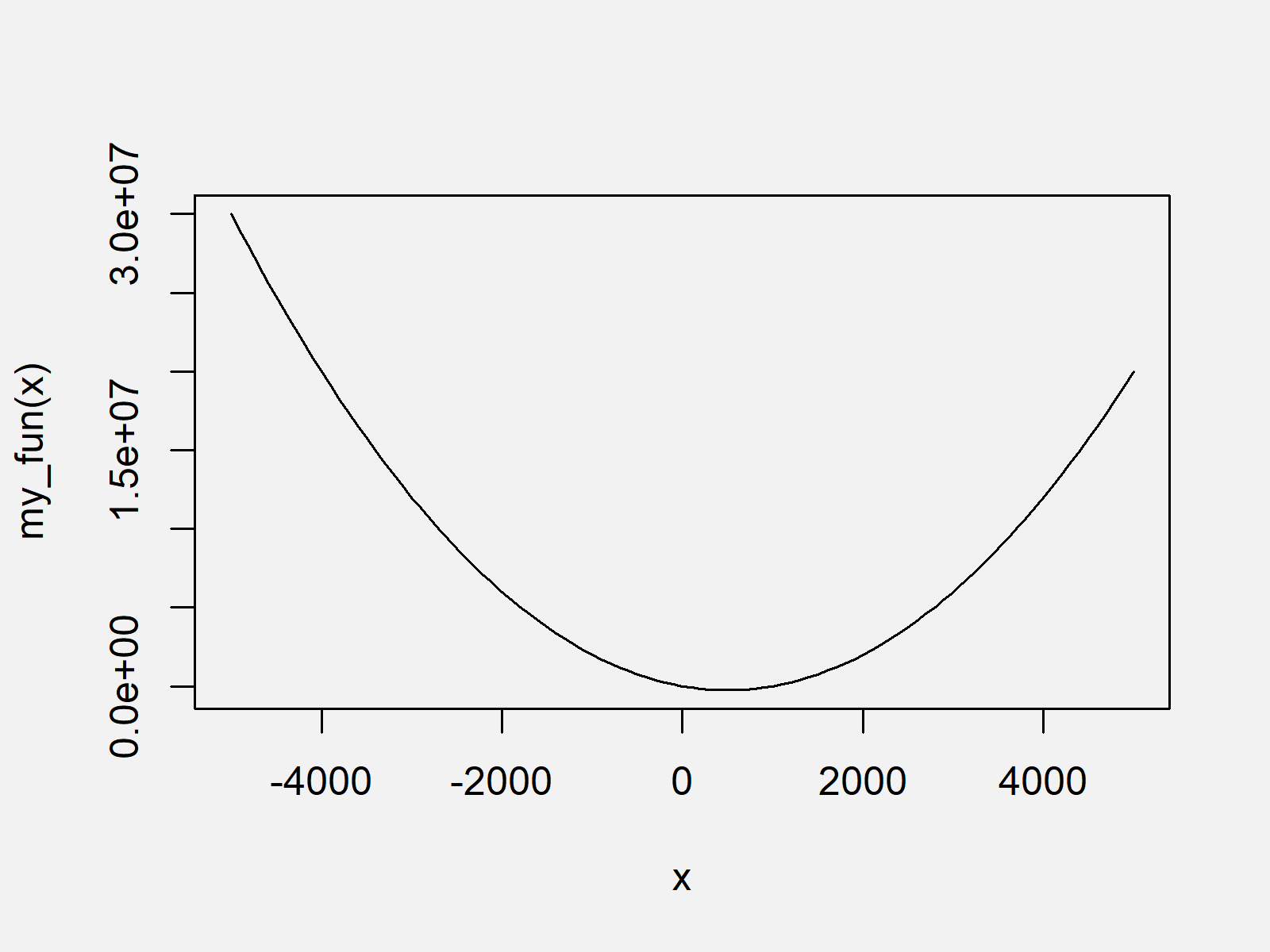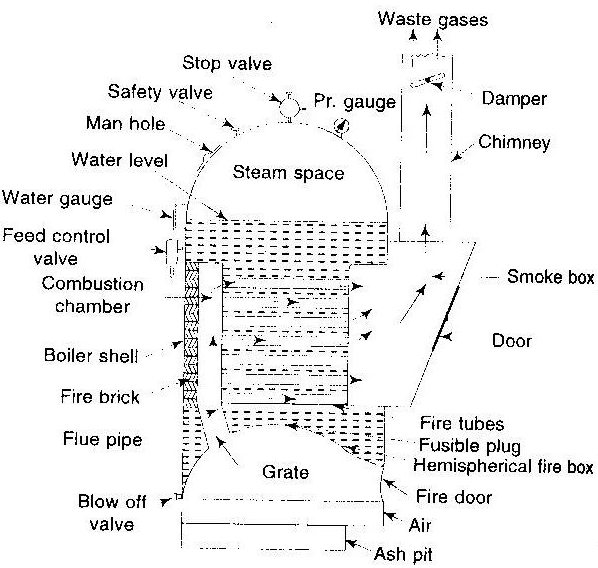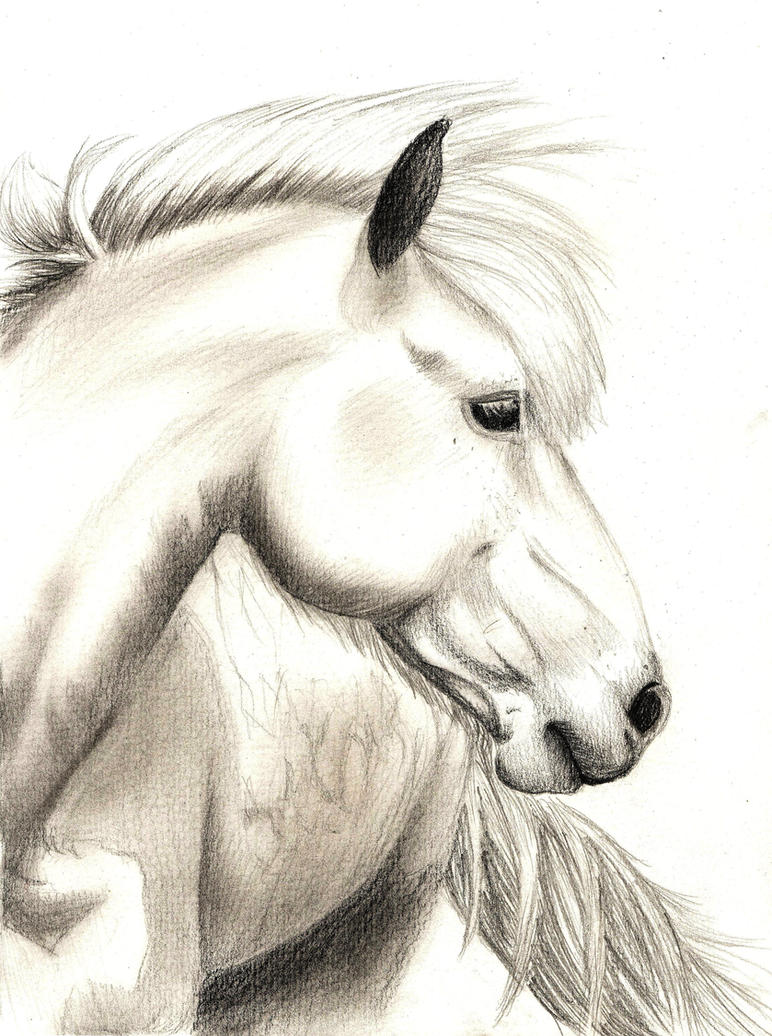Graph of `y= (9x)/ (x^2+9)`. Geometrically, these are the points where the vectors are either straight up or straight.
How To Draw A Sketch Of Rate Of Change Curve, Our b is equal to 300. Sketch the general shape of the graph of f(x) given the gradient function shcwn at right. The rate of change at any given point is called the instantaneous rate of change.
When sketching the slope graph of a function, the following information is very useful. We have a polynomial function here, so. R / c = rate of change of grade per station (% station) (carry this value to four significant figures to maintain accuracy) The following features are indicated on the graph:
Interpreting Cumulative Frequency Graphs from Sketchart and Viral Category
To do this, simply enter the expression of the polar curve as a function of t, then click on the plot polar curve button, the curve is automatically displayed with two cursors to display the desired points. We can, of course, use this to find the equation of the line. 2) at the point where you need to know the gradient, draw a tangent to the curve. X = t2 +t y =2t−1 x = t 2 + t y = 2 t − 1. These are the intervals where the derivative f′(x) is either positive or negative. Changes sign from negative (concave down) to positive (concave up) as x passes through 0.

Ex Find the Average Rate of Change from a Graph YouTube, The following features are indicated on the graph: What we want to be able to do is slice through the figure at all different heights in order to get what we call the level curves of a function. Ar = mq + c ; 👉 learn how to find the rate of change from graph. The slope of the line.

Chapter 1 Rate of Reaction, 👉 learn how to find the rate of change from graph. Definition suppose that y = f(x) is a smooth continuous curve. 1 points at which the tangent line is horizontal. Figure 2.3.1 vertical curve profile grade. We end up at 109.45 minus 108.25, which is 1.2.

How to draw normal curve in word and find the probability, Rate of change of vertical curves. This will give us the sketch of level curves of the function. Other graphs are curved for azero order reaction. The slope of the line shows the rate of draw force change. Definition suppose that y = f(x) is a smooth continuous curve.

Draw Plot of Function Curve in R (2 Examples) Base R vs, So that would be our average rate of change. When the line slopes upward, the draw force is increasing in each one inch increment of the draw, and when the line slopes downward, the draw force is decreasing in each one inch increment of the draw. 2 intervals over which the graph is increasing or decreasing. These are the zeroes.

Micro Unit 2 Product Markets No Bull Economics Lessons, Sketch the general shape of the graph of f(x) given the gradient function shcwn at right. To do this, simply enter the expression of the polar curve as a function of t, then click on the plot polar curve button, the curve is automatically displayed with two cursors to display the desired points. Example 1 sketch the parametric curve for.

Reading Loanable Funds Macroeconomics, Now that we know how to find the domain and any holes, intercepts, asymptotes, local maximums and minimums, and inflection points, we have all the information we need to sketch the basic shape of the graph of most functions that we might encounter. Example 1 sketch the parametric curve for the following set of parametric equations. (turning points occur when.

Draw the graph showing variations of the value of the, Ar = mq + c ; We have a polynomial function here, so. Locate the turning points, i.e. Definition suppose that y = f(x) is a smooth continuous curve. So that would be our average rate of change.

How to Build Net Present Value (NPV) Profile/Graph Phnom, Here is a picture illustrating this: The curve plotter can be used to draw polar curve. In order to sketch the curve of a function, you need to: So this is equal to 2.4. Graph of y= (9x)/ (x^2+9).

1.1. Rates of Change and the Slope of a Curve Example 1, 3) calculate the gradient of the tangent. (k = slope of line) examples. We can put all of these calculations together to graph functions, and we call this curve sketching. These are locations of local extrema of As shown above, the contour f(x;y) = k is obtained by intersecting the graph of f with the horizontal plane, z = k,.

Use the graph of the function to find its average rate of, Assume that l > ssd (general assumption), then; Changes sign from negative (concave down) to positive (concave up) as x passes through 0. The graph is obtained by raising (or dropping) the contour f(x;y) =. Determine the length of curve required assuming that the ssd = 220.6m. Here is a picture illustrating this:
Chemical Forums How to Draw a Cooling Curve From a Phase, The magnitude and betwviour of the gradients. So we are ready to sketch the curve: These are the intervals where the derivative f′(x) is either positive or negative. We have a polynomial function here, so. The slope of the fdc shows the rate that the draw force is changing anywhere along the fdc.

The Revenues of a Firm, (b) draw a curve on figure 2 to show how the total volume of oxygen collected will change with time if the experiment is repeated at 298 k using 100 cm. Determine the general ehape of the graph of ax) by raising the degree off�(x) by one. 1 sketch a graph which is always increasing and whose slopes are always.

Solved 1. Draw A Graph Depicting Interest Rates At The Qu, Our change in y over our change in x is equal to 1.2 over 0.5, which is equal to 2.4. Slope of secant line between thepoints, rate of change of the function, velocity. When sketching the slope graph of a function, the following information is very useful. Geometrically, these are the points where the vectors are either straight up or.

Graph of Product/Reactant Change Against Time SPM Chemistry, We looked at our change in x, let me draw that here. Draw the sketch of any function f(x). Determine the length of curve required assuming that the ssd = 220.6m. Example 1 sketch the parametric curve for the following set of parametric equations. Our change in y over our change in x is equal to 1.2 over 0.5, which.

Finding Median Graphically Tutors 4 You, The following features are indicated on the graph: The slope of the line shows the rate of draw force change. Rate of change of vertical curves. We have a polynomial function here, so. The curve plotter can be used to draw polar curve.
How to draw the graph of the function f(x) = {1+x, x is, Our b is equal to 300. Here is a picture illustrating this: Normally the rate of change is given on the profile grade and shown on the general plan sheet above the elevation view, where: Gradient as a rate of change accurately draw the graph = 2−2 calculate the gradient of the lines: Determine the general ehape of the graph.

PPT 2.4 Rates of change and tangent lines PowerPoint, We can, of course, use this to find the equation of the line. Over that interval, on average, every time x increases by 1, y is increasing by 4. Draw the sketch of any function f(x). So the price is 50. R / c = rate of change of grade per station (% station) (carry this value to four significant.

Rate of change illustration Build Your Own Bow, Mr = 2mq + c. Ar = mq + c ; We can put all of these calculations together to graph functions, and we call this curve sketching. Over that interval, on average, every time x increases by 1, y is increasing by 4. Normally the rate of change is given on the profile grade and shown on the general.

The Phillips Curve (Explained With Diagram), When the line slopes upward, the draw force is increasing in each one inch increment of the draw, and when the line slopes downward, the draw force is decreasing in each one inch increment of the draw. Figure 2.3.1 vertical curve profile grade. (k = slope of line) examples. Is equal to minus three. Sketch the general shape of ax).

Interpreting Cumulative Frequency Graphs, The rate of change at any given point is called the instantaneous rate of change. Normally the rate of change is given on the profile grade and shown on the general plan sheet above the elevation view, where: Here is a picture illustrating this: This will give us the sketch of level curves of the function. Figure 2.3.1 vertical curve.

Solved Use The Graph Of The Rate Of Change To Sketch A Gr, What we want to be able to do is slice through the figure at all different heights in order to get what we call the level curves of a function. We end up at 109.45 minus 108.25, which is 1.2. Then you can use hold on command and. These are the intervals where the derivative f′(x) is either positive or.

KAC25.3 Rates II Determining Rate by Tangent Drawing, As shown above, the contour f(x;y) = k is obtained by intersecting the graph of f with the horizontal plane, z = k, and then dropping (or raising) the resulting curve to the (x;y){plane. 2 intervals over which the graph is increasing or decreasing. Graph of y= (9x)/ (x^2+9). We end up at 109.45 minus 108.25, which is 1.2. What.

physical chemistry Which graph shows Chemical, And how did we calculate that? A) b) c) 1) draw an accurate sketch of the curve. Sketch the general shape of ax). Changes sign from negative (concave down) to positive (concave up) as x passes through 0. Definition suppose that y = f(x) is a smooth continuous curve.

Solved 14. Drawing A Yield Curve Given The Indicated Matu, 2) at the point where you need to know the gradient, draw a tangent to the curve. When the line slopes upward, the draw force is increasing in each one inch increment of the draw, and when the line slopes downward, the draw force is decreasing in each one inch increment of the draw. The slope of the fdc shows.

Draw the graph of 9x 5y + 160 = 0. From the graph find, The slope of the fdc shows the rate that the draw force is changing anywhere along the fdc. These are locations of local extrema of Determine the length of curve required assuming that the ssd = 220.6m. In order to sketch the curve of a function, you need to: Draw graph of derivative step 1:











